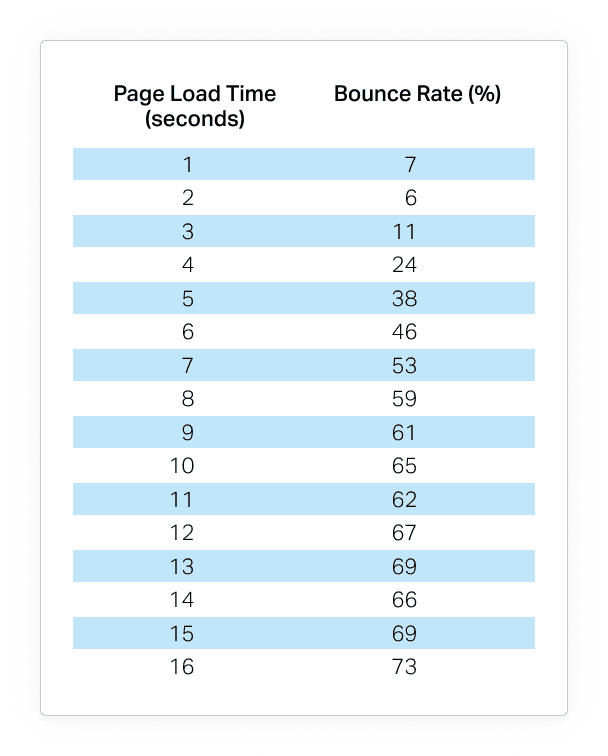Are you aware of the recent Google core updates?
Most Content Marketers, SEO specialist and web masters are not aware of this update.
Some do not even realize there’s anything like Google core update.
Can Google Core updates affect your blog?
Table of Contents
Yes they do.
You must have noticed a sustained fluctuation and changes to your website traffic at sometimes when you check your Google analytics.
Most of these changes in search traffic are often times caused by updates in Google algorithm.
What is Google Algorithm Update?
Now, in case you’re wondering, what is a Google algorithm update..?
A Google algorithm update occurs when Google updates its core search engine ranking mechanism (algorithm) in order to generate better and more relevant search result for Google users.
These updates take place at certain intervals a year, as Google deems fit.
Sometimes it can lead to major fluctuations in search results for certain websites. At other times, you hardly even notice there’s any Google update.
There have been different versions of Google core update from 2011 till date but in this post I’ll focus on the Google speed update of 2018 and the recent Google core update of September 2019.
Ok.
So In July 2018, Google made a major speed update, targeted at mobile search.
Prior to this period, my website always returned 85-92 ranking whenever I run a mobile speed test for the site.
Some months after the Google Speed Update, I noticed the website had dropped to 23 points.
Such a huge drop right?
That was not all about it. In order to find out if it was just my website that was affected, I tested a few other websites and I noticed a particular website that tanked from 75-3 in the Page speed test results. Yes 3.
This result really affected my rankings before the following update. From about 5,000,000, I tanked down to 16 million in major rankings.
Now, can you see the overwhelming result of the update?
It was massive. It got my website really hurt until I figured a way out to fix most of the issues.
September 2019 Core Update
Again, In September 2019, Google rolled out another update called September 2019 Core Update.
There were other updates in between but we’ll focus on this particular update in this post.
So the September update according to Google was aimed at providing more relevant and authoritative content to users.
This is how they spelled it out in one of the paragraphs…
“Several times a year, we make significant, broad changes to our search
algorithms and systems. We refer to these as “core updates.” They’re designed
to ensure that overall, we’re delivering on our mission to present relevant and
authoritative content to searchers. These core updates may also affect Google
Discover.”
As part of the effect of this update,
Google also mentioned this…
We confirm broad core updates because they typically produce some widely notable effects. Some sites may note drops or gains during them. We know those with sites that experience drops will be looking for a fix, and we want to ensure they don’t try to fix the wrong things. Moreover, there might not be anything to fix at all.
Now here’s a thing… with these updates, some websites will gain better rankings on the search engine. Some do lose out too.
Personally, I noticed some favorable changes in my website rankings, just around the time the September updates started rolling in.
With this, I embarked on some SEO strategy. This further helped as I was able to see some improvement in my rankings.
Notwithstanding, after each major algorithm updates by Google, websites do notice either some negative or positive fluctuations in their web traffic and rankings…
But, according to Google, this does by no means signify that a website is not performing well.
They believe it’s more like a reshuffling. And sometimes this is exactly what it is.
As some algorithm update may bring up websites with fresh content that were hardly noticeable in search results while pushing down others that have always been there.
How the new Google algorithm update affects your Blog
With the recent Google update, User Experience has once again become an important ranking factor.
Based on this, your website will not just be ranking for keywords anymore.
A lot has been put in place to calculate your rankings based on other parameters, including your loading speed.
This means that the faster your website loads, the easier it would be for you to get a better rank, on the SERP page.
The implication of this is that web designers will have to do away with fanciful designs that focuses on beautifying a website, at the expense of user experience.
How to improve your web loading speed after the Google Update of September 2019
You may ask yourself, why should I leave my fanciful design for a leaner web design?
Truth is, even if Google wouldn’t make it a ranking factor, the longer it takes a website to load, the more the bounce rate you get.
So it’s important to keep your website loading at a reasonable speed.
Now, one of the implications of the latest Google update is that you you’ll have to keep your website loading at a better speed if you really want to get better search results.
To improve your loading speed, you’ll have to sacrifice your fanciful and high resolution images, emojis and even videos if they are hosted on your website/blog.
You’ll need to focus more on a lean design with capacity for reduced loading period.
And there will be need to use the Next Generation image formats to replace higher resolution images. This will boost your website loading speed.
If you’re using a Content Management System like WordPress etc, you may have to work on minimizing your JS and CSS scripts rendering, thankfully, there are plugins for this.
Finally, you’ll also have to work on using a CDN to manage your pictures.
There is a handful of Content Delivery Network around. You can start with one of the free options if you’re on a budget. Otherwise you can patronize the premium service at a price.
In conclusion, like it or not, Google is still the major search engine when it comes to getting search results and organic traffic for your blog.
For this reason, there’s a need to be on the safe side with Google updates if you really want to keep having improved search rankings for your website.
To do this, you’ll want to test your website compatibility with some of the content guidelines as issued by Google itself.
Now, the following link would help you as you work on getting your website to comply with the latest Google algorithm updates in 2019…
Use this link to test your website speed. The information released here will get you to know how your website ranks and what you can do to have an improved loading speed if necessary.
This other link contains the Google content quality rater guidelines and EAT. You can read through it to have an idea about the content quality Google expects of you.
So there you have it. Google core updates 2019 and how it affects your blog.
In my next post, i’ll be writing about the recent BERTH update and how it’ll affect your website’s content.
Got questions, let’s hear you.

2 Responses